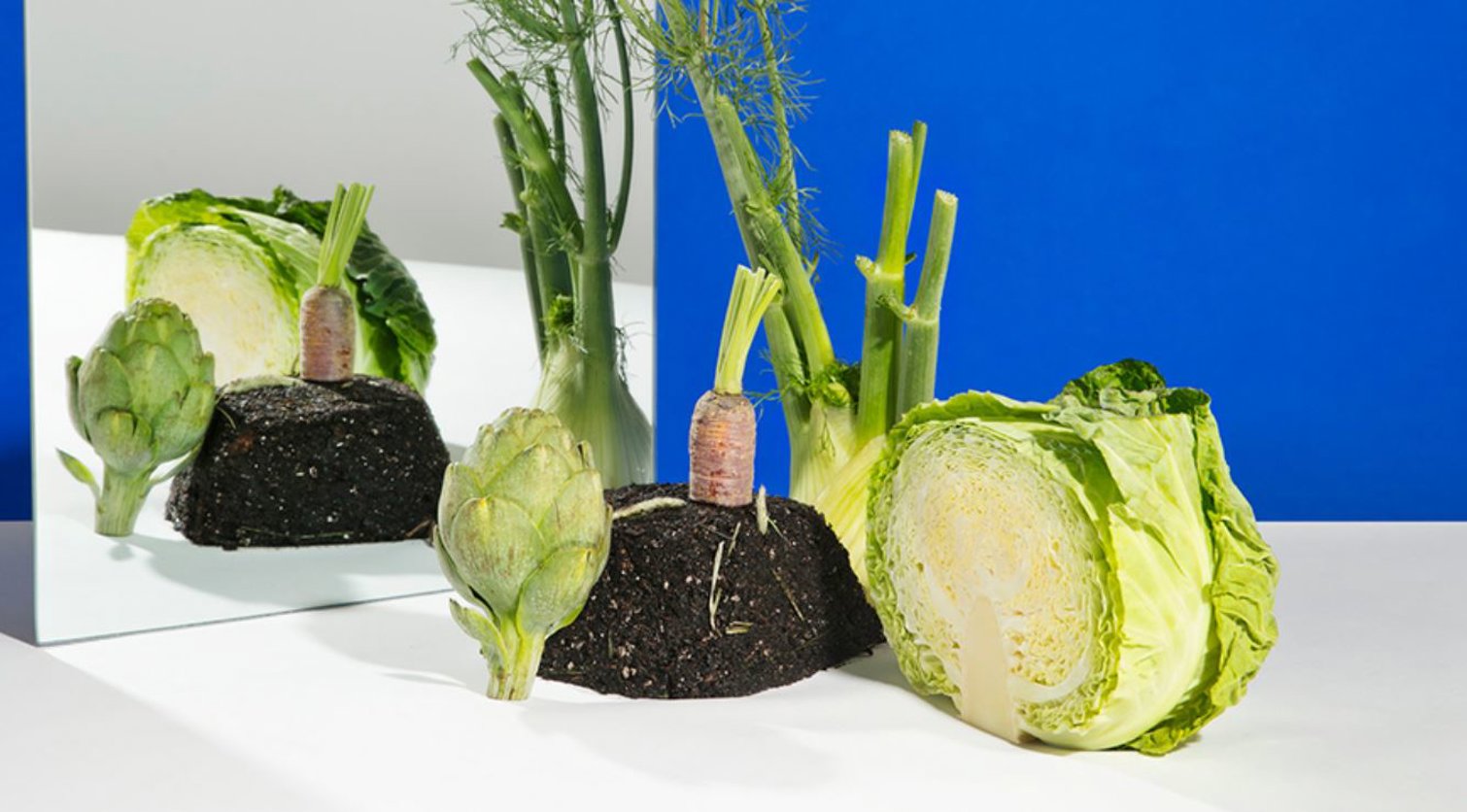
By the end of the century, the earth’s population will have increased by 45 percent, while farmable land will have decreased by 20 percent.

Furthermore, the remaining farmable land may not be used efficiently: half of farmers worldwide suffer post-harvest losses each year due to poor planting practices. As food demand increases, current farming models will need to improve to keep pace. To meet these challenges, IBM researchers are exploring new technologies and devices, scientific breakthroughs, and new ways of thinking about food safety and security. One important step is to create a digital twin of the world’s farms.
Creating a digital twin or a “virtual model” of the world’s farms could help prepare the industry for future challenges by democratizing farm data, allowing those in agriculture to share insights, research, and materials, communicate data across the planet, and to connect it with the food supply chain. Additionally, groundwater extraction data could help service providers to significantly reduce their non-revenue water, i.e. water that is “lost” through leaks, theft, or metering inaccuracies. A virtual replica of farmland requires a system with the power to process thousands of terabytes of data as well as different innovative technologies.
A digital wallet will enable data to be captured, tracked, and shared instantly across parties involved in the agribusiness value chain, including financial institutions to help farmers gain access to credit. Connecting small-scale farmers to equipment and data analytics will help them increase crop yields and access to financial services. With a digital twin of farms and agricultural activity worldwide, participants at every level of the food chain will have access to more information and resources, resulting in a more equitable farming economy. And that means one thing: more food, at a lower cost.
The virtual twin empowers the farmers and stakeholders to deal with unexpected deviations.
Yara International, a global company in crop nutrition, for building a digital farming platform, providing holistic digital services and instant agronomic advice. Hello Tractor for the mobile user platform.
IBM
The five-year vision is a simpler, safer, and less wasteful food supply chain. An important aim to achieve the vision is instant access to critical data on the world’s farmland available to anyone that needs it. The digital twins of farming will help feed a growing population using less resources.
According to an article by Matanat Rashid in the newsletter Challenge Advisory:
"The virtual twin empowers the farmers and stakeholders to deal with unexpected deviations. It can help in identifying issues beforehand, scheduling predictive maintenance at the right time, and providing instant solutions for composite problems. The technology also has the tendency to accelerate the farming business by constantly monitoring the whole process from production to marketing and sales.”
Tech trend: IoT, AI - deep learning, Sensors, Big data, Blockchain, etc.
Societal trend: Beyond GDP growth, Local networking, Sustainable responsibility
This case can be connected to SDG no. 2 - Zero hunger - due to the aim to increase food supply, no. 9 - Industry innovation and Infrastructure - as it is innovating the farming industry and all parts of the food supply chain, and no. 12 - Responsible Consumption and production - due to potentially less over production of certain crops.
No interview - using online information only:
https://www.research.ibm.com/5-in-5/seed/
https://www.challenge.org/knowledgeitems/why-modern-farming-need-the-digital-twins/